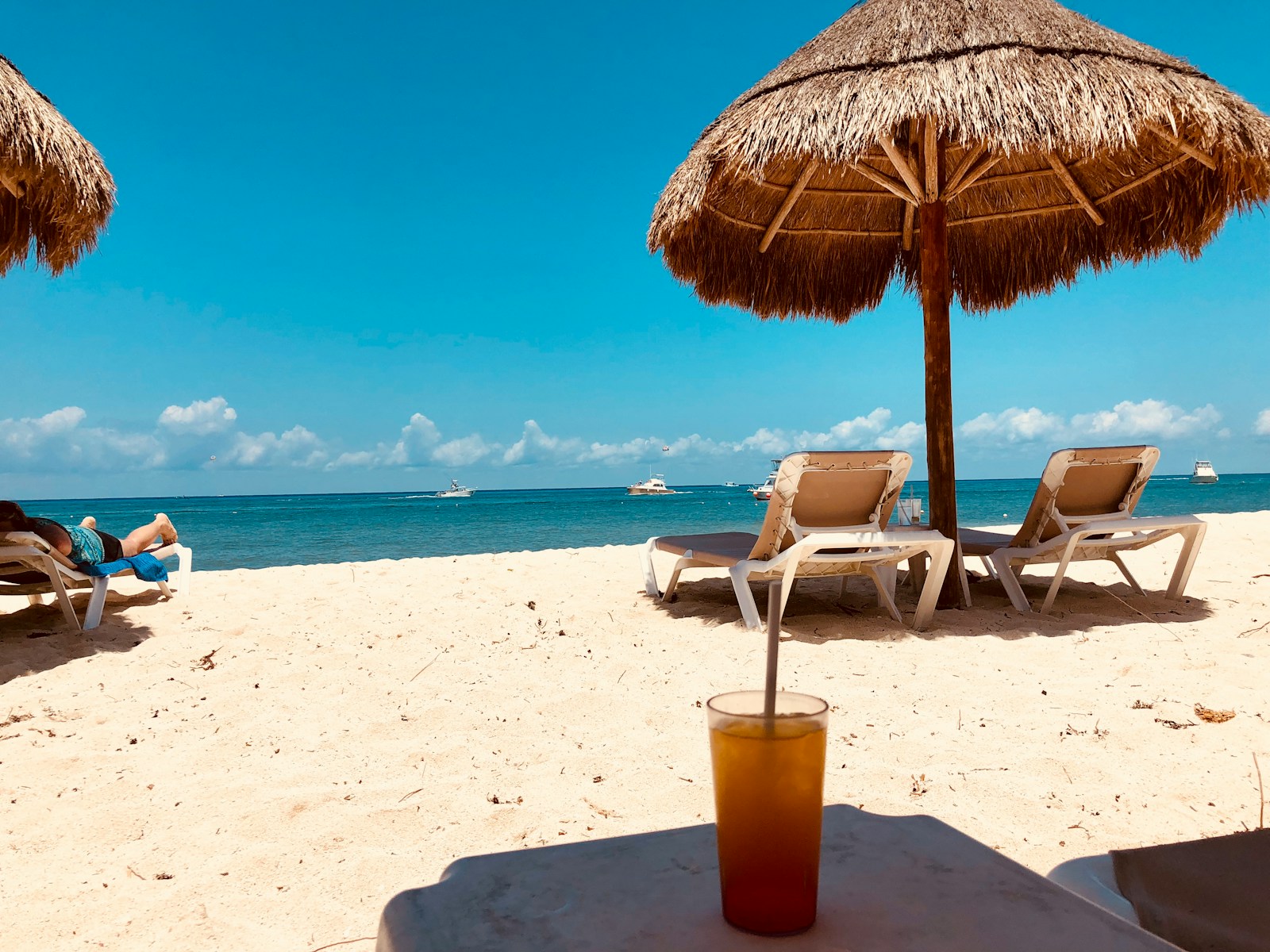These are obviously among the questions we ask ourselves when traveling abroad. What currency is used there, what money should I bring, where to exchange it, what budget to plan for on-site, should we leave tips, etc. Here we offer you some answers to get you started.
Today, we’re heading to one of the most tourist-friendly countries, at least in certain regions, to talk money. Welcome to Mexico and more specifically to that coastline around Cancun known as the Riviera Maya.
What Currency Does Mexico Use?
The peso has been Mexico’s currency for over 150 years. Precisely since 1863 when the Mexican peso replaced the Mexican real previously used.
- Currency: Mexican peso (100 centavos).
- Bills: 20, 50, 100, 200, 500 and $1000.
- Coins: 5, 10, 20 and 50 centavos + 1, 2, 5, 10 and $20.
Warning: The symbol used for the Mexican peso ($) is the same as the US dollar (without the US). You need to be careful even though it’s typically placed before the number, especially since some prices might also be displayed in US dollars.
Currency Exchange and Payments
Major foreign currencies exchange well in the country at generally fair rates, though these can vary from one establishment to another.
In practice, you’ll find exchange counters in most major city banks, as well as casas de cambio (exchange bureaus), plus ATMs which are widely available throughout the country.
What Currency Should You Bring?
Even though US dollars are frequently accepted throughout the country, it’s not necessarily worth bringing large quantities, especially if you’re just going to exchange them for pesos later. You can always exchange your euros or other currencies for pesos and use those instead.
Payment Methods
For payment methods, credit cards can be used in mid to high-end services or establishments, or in tourist areas like the Cancun region. But watch out for repeated fees if you use your card too often.
Otherwise, for everything else or daily life, nothing beats cash, though you’ll want to stock up on local currency (or some US dollars) in small bills.
When You Return Home
Mexican pesos aren’t easily exchangeable at good rates outside the country. The simplest approach is to exchange money as you need it and avoid ending up with unused currency at the end of your trip.
Budget
Mexico can be considered expensive compared to other Central American countries. It’s true that the standard of living is higher, tourism is more established and “upscale,” with heavy tourist traffic and a clientele that’s predominantly North American or attracted to all-inclusive packages.
In short, even though your final budget will still be less than for a trip to Europe or North America, you’ll need to budget the equivalent of $55-65/day based on two people traveling “local style” and limiting visits and activities to the essentials.
But as always, for more convenience and especially to enjoy what the country offers, a higher budget will be more realistic (at least $75-85) especially if you come during high season like Christmas or Easter or only want to frequent tourist areas like Cancun where all kinds of expenses are possible…
What Can Be Expensive
- Staying long periods in beach resorts, especially during high season.
- Organized excursions when you’re on an all-inclusive package.
- Repeated “premium” buses (but very comfortable) on long routes.
- Site entrance fees if you plan to visit many attractions.
What Doesn’t Have to Be Expensive
- Eating, sleeping and traveling local.
- Budget airlines for domestic flights.

Tipping
Just like in the United States and due to a heavy North American clientele for whom it’s a habit, tipping has become widespread and is virtually mandatory in bars and restaurants where it’s customary to leave 10-15% of the bill (that said, some tourist establishments already include it in the check). It’s also an “institution” in Riviera Maya all-inclusives.
Elsewhere, given local wages and the fact that some workers are paid only in tips, nothing prevents you from leaving a little something for taxi drivers, hotel staff, gas station attendants, etc., not to mention guides on excursions for whom you might plan 10% of the price for example.
In short, it’s good to know and it’s always wise to have a small stock of coins or small bills for this purpose.
Bargaining
Bargaining is common practice in Mexican markets or when buying artisanal products, for example. For taxis without meters or when you want to charter one for an excursion, for instance, it’s more than useful to negotiate and agree on a price beforehand.

